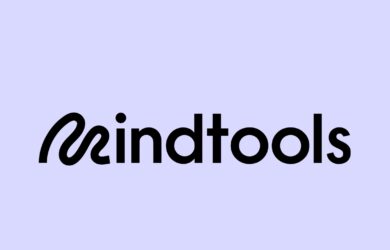“Inverted Pyramid” writing is about sharing information in a clear, concise and attention-grabbing way. The most important facts appear first and are followed by the less critical ones. The reader only needs to digest the first line of the story to grasp its main points, and an editor can easily cut it down to fill a limited space, without losing any essential material.
Sounds great, doesn’t it?! But if the inverted pyramid is such a quick, easy and effective way of presenting written information, why have I never given it a go? Why aren’t all of my blog posts written in this format?
There’s a very good reason why, actually. Although the inverted pyramid is a great way to present some kinds of content, it’s certainly not suitable or, indeed, the best choice for all.
Inverted Pyramid writing was developed for use in print media – where the amount of space available to tell a story was a big determining factor in how it was told. It’s a concept taught mainly to journalists, but also to creators of marketing content and people who produce short reports, like researchers. It’s popular because it provides a ready-made framework for them to hang information on and get their messages across in a methodical and accurate way. It’s useful for relaying urgent information, such as the breaking news of a natural disaster, and it can save executives valuable time when reading business reports.
But how relevant is inverted pyramid writing to the publishing platforms we use today? Web pages, for example, don’t have the same space restrictions as newspaper columns, so there’s no mechanical requirement to be succinct.
I have a few personal issues with inverted pyramid writing, too. As a writer, I can’t help but think that it takes the creativity out of the writing process, which can often make for a “lazy” piece. There’s more to sharing information through the written word than the speed at which you can do it. Other aspects of storytelling are equally important, like setting a scene, building an atmosphere, providing descriptions, and evoking emotion.
I also think that the “unembellished” format of inverted pyramid writing can encourage “lazy” reading, by (dangerously) training your brain to skim through the words instead of processing them. I think it can be an open invitation for “lazy” editing too. If something doesn’t fit – “lopping” a bit off the end isn’t as valuable to your reader as looking at the article as a whole, and reworking it to fit the space available.
So – it looks as though I’ve decided I’m not a fan of inverted pyramid writing! But this isn’t the case at all. I believe it to be a comprehensive and useful tool, but it has limitations that it’s good to be aware of before using it. It’s not a template that you can attach to any piece of writing. It needs to be applied to the right content and delivered to the appropriate audience. The concept itself shouldn’t determine how you write a piece – the content should. Think of the best, most engaging and informative way that you can share it with your readers (not just the quickest). Surely that’s the true purpose of writing. The crafting, adorning and shaping of your story might be more time consuming than sticking to the “bare bones,” but worthwhile things generally are.
This week’s article looks at how best to use inverted pyramid writing, where and when it’s used most effectively, and its pros and cons.
Do you regularly use the inverted pyramid in your writing? Join in the discussion below!




Comments
Jocelyne says
9 years agoThere is more than one way to skin a cat as the saying goes but I would rather read a book by Ken Follett who grabs your attention in the first page than read a book by an author who waits 150 pages to develop the intrigue. That's just me!
Bruce Murray says
9 years agoNice topic, Jo. It's so hard to write creatively these days because readers have such short attention spans and rigid expectations. I "get" the Inverted Pyramid's appeal but at the same time, I appreciate your desire to get beyond the "bare bones."